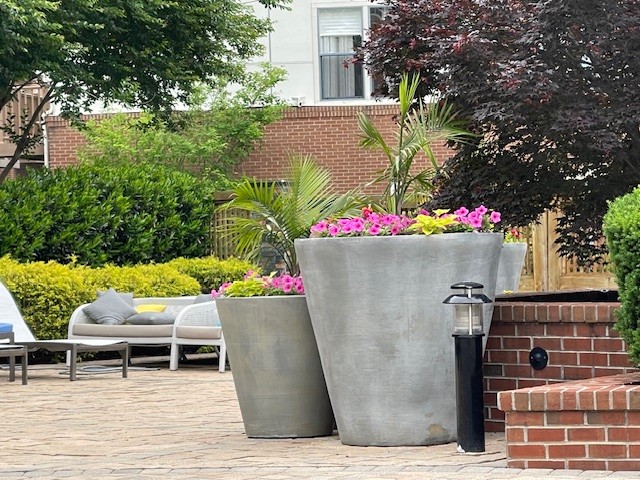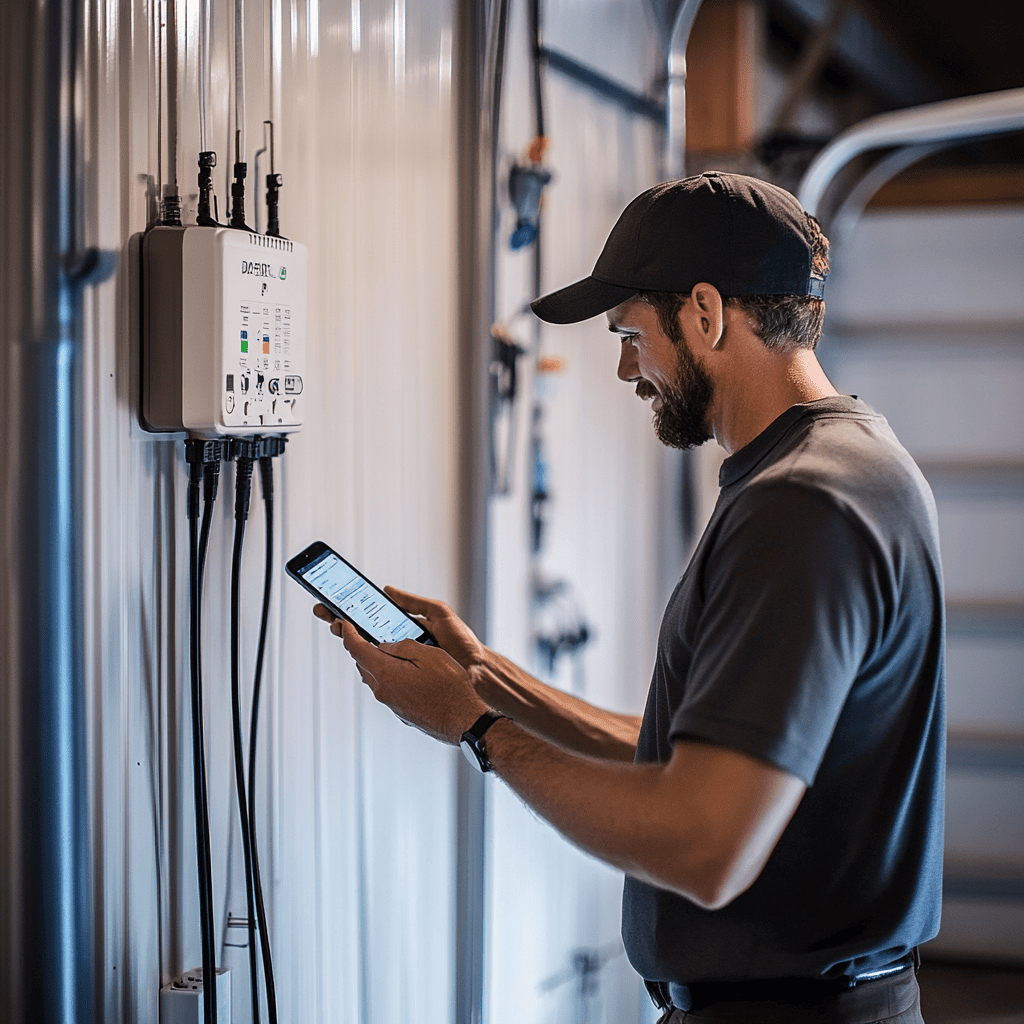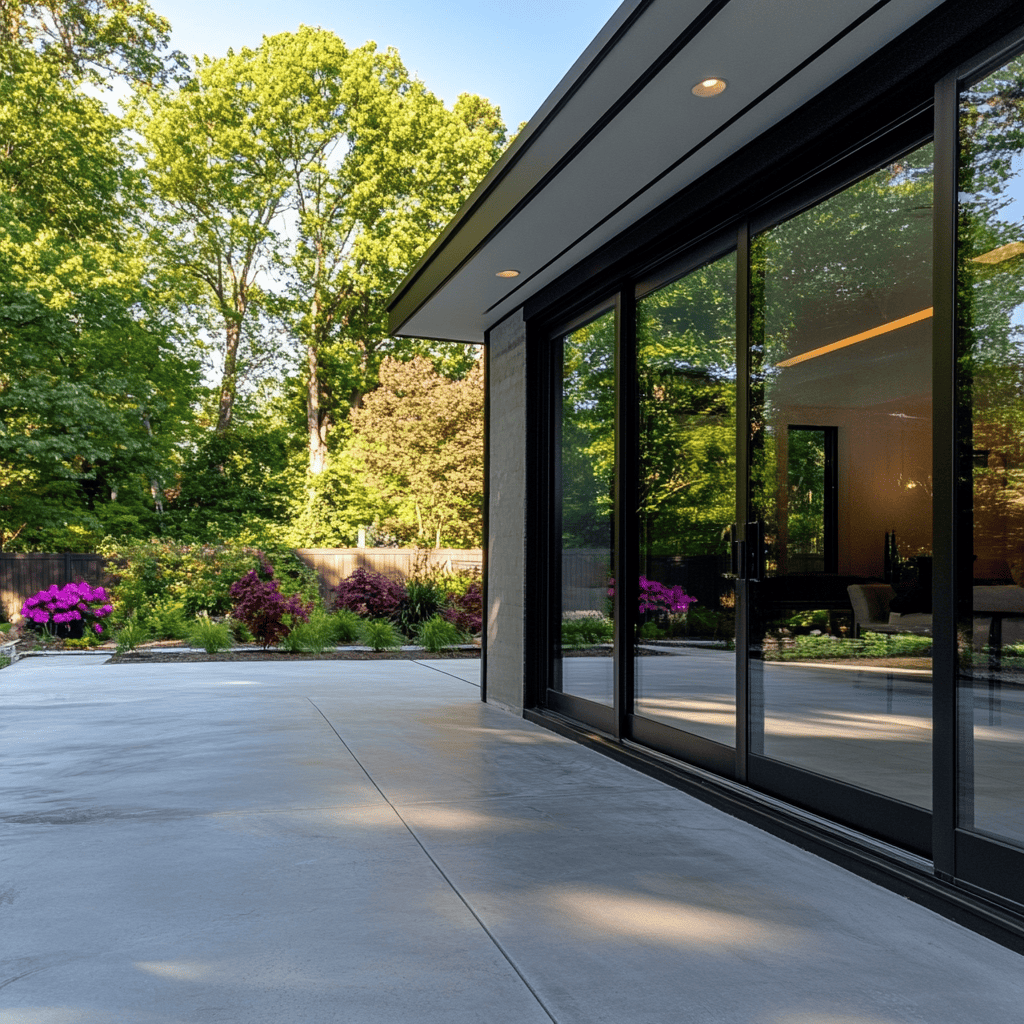Trees are among your property's most valuable assets, providing shade, beauty, and environmental benefits for decades. However, mature trees in Centreville, VA, face unique challenges from severe weather, structural weaknesses, and age-related decline that can threaten their stability and your safety. WC Landscape's professional tree cabling and bracing services provide engineered support systems that help preserve valuable trees while reducing the risk of branch failure and property damage.
Our certified arborists bring over 40 years of combined experience to every tree support project, utilizing industry-standard techniques and high-quality materials designed specifically for Northern Virginia's climate conditions. We assess each tree's structural integrity, identify potential failure points, and design custom support systems that work with natural tree growth patterns to provide long-term stability without compromising tree health.
From historic oaks in Virginia Run to mature maples in Centre Ridge, we help Centreville homeowners protect their landscape investments through scientifically based tree support solutions that extend tree life and reduce safety risks.



Tree cabling involves installing flexible steel cables between branches or tree trunks to redistribute structural loads and reduce stress on weak attachment points. This technique helps prevent catastrophic branch failure during storms while allowing natural tree movement that promotes healthy growth.
Tree bracing provides rigid support for trees with structural defects, typically involving the installation of threaded rods through trunks or major branches to prevent splitting and provide internal reinforcement.
Professional arborists evaluate multiple factors when determining if trees require structural support systems. Understanding these indicators helps property owners recognize when professional assessment is needed.
Northern Virginia's climate presents specific challenges that increase the need for tree support systems in our area.
Different tree species common to Centreville properties have varying structural characteristics that influence support system needs.
Every tree support project begins with a detailed evaluation by our certified arborists to determine appropriate support strategies and system specifications.
Based on our detailed assessment, we design support systems tailored to each tree's specific needs and structural characteristics.
Our experienced team uses industry-standard techniques and specialized equipment to install support systems safely and effectively.
WC Landscape's 40+ years of combined experience provide a deep understanding of Northern Virginia's unique tree care challenges and opportunities.
Our team maintains the highest professional standards and certifications in the tree care industry.
Tree support systems are most effective when integrated with comprehensive tree care and landscape management programs.
Professional tree support systems typically last 15-25 years when properly installed and maintained. Static cable systems using galvanized steel aircraft cable can last 20-25 years, while dynamic systems using synthetic materials may require replacement every 15-20 years. The longevity depends on material quality, installation precision, environmental exposure, and maintenance consistency. Annual inspections help identify components needing replacement before system failure occurs.
When installed by certified professionals using proper techniques, tree support systems cause minimal damage and benefit tree health by reducing stress on weak points. Modern installation methods use precision drilling techniques that minimize cambium damage, and trees typically heal completely around properly installed hardware within 2-3 years. The minor damage from installation is far less than the catastrophic damage prevented by system failure.
Trees requiring support typically show visible signs, including co-dominant stems with weak unions, heavy horizontal branches, previous storm damage, asymmetrical canopies, or structural defects like bark inclusion. Professional assessment by certified arborists can identify subtle structural issues not visible to untrained observers. If you're concerned about tree stability, especially before storm season, professional evaluation provides peace of mind and identifies trees that would benefit from support systems.
Yes, tree support systems can be removed when no longer needed, typically when trees develop sufficient strength or when removal becomes necessary for tree health. Removal requires professional expertise to avoid damaging trees that have grown around hardware installations. Some trees may require support throughout their lives, while others may outgrow the need for support as they mature and develop stronger structures.
Properly installed support systems significantly reduce the risk of catastrophic branch failure during severe weather events. Cable systems allow controlled movement while preventing complete failure, and bracing systems provide rigid support for trees with structural defects. While no system can guarantee complete protection during extreme weather, professional support systems dramatically improve tree survival rates and reduce property damage risks during storms common to Northern Virginia.
Alternatives to support systems include strategic pruning to reduce weight and wind resistance, but this approach is limited for trees with structural defects. Tree removal and replacement are always an option, buteliminates the benefits of mature trees and require decades for replacement trees to provide similar benefits. For trees with minor structural issues, careful pruning combined with regular monitoring may suffice, but significant structural defects typically require professional support systems.
Insurance coverage for tree support systems varies by policy and circumstances. Preventive installations are typically not covered, but support systems installed following storm damage may be covered under property damage claims. Emergency support following weather events is often provided when necessary to prevent further property damage. Documentation from certified arborists about tree hazards may help with insurance claims and liability protection.
Properly designed support systems work with natural tree growth patterns rather than restricting them. Dynamic cable systems allow controlled movement that promotes healthy wood development, while static systems provide stable support, allowing trees to develop strength in other areas. Systems may require periodic adjustment as trees grow, but healthy trees typically adapt well to support installations and often show improved overall health due to reduced stress.
Cabling uses flexible steel cables or synthetic materials to connect branches or stems, allowing controlled movement while preventing catastrophic failure. Bracing uses rigid rods or bolts installed through trunks or branches to prevent splitting and provide internal reinforcement. Cabling is more common for branch support and load redistribution, while bracing addresses specific structural defects like weak stem unions or internal decay. Many trees benefit from combination systems using both techniques.